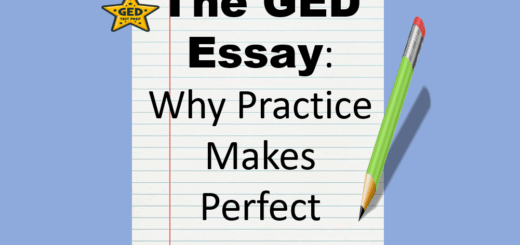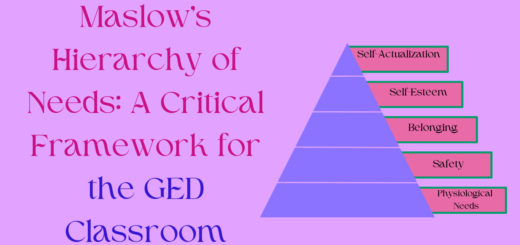GED Vocabulary Lessons
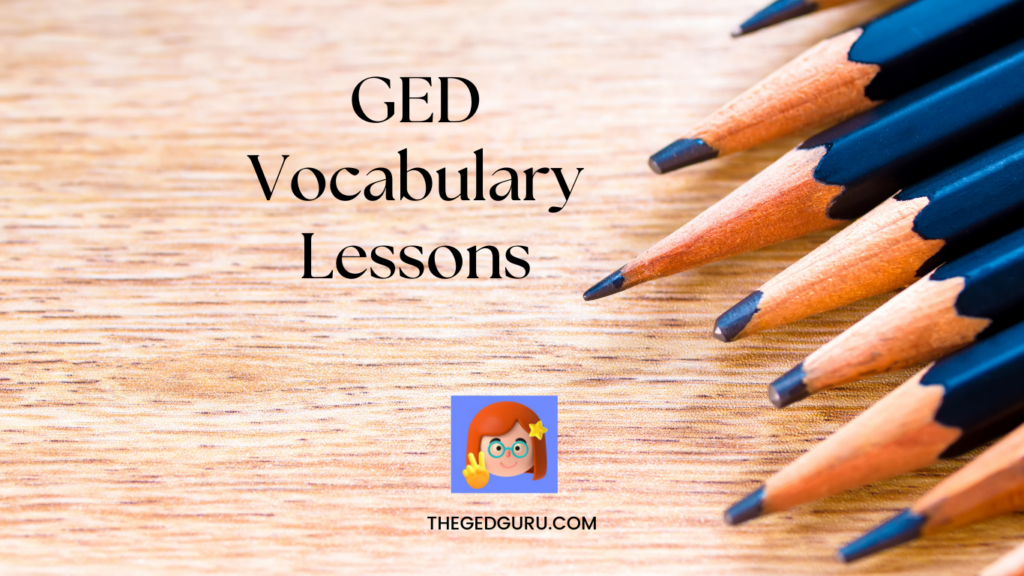
Are you a student who realizes your limited vocabulary is holding you back? Or maybe you are a GED teacher wanting to improve students’ vocabularies for better test results across all subject areas. Either way, you are in the right place.
First, why is vocabulary important? It’s simple. If you don’t know what a question is asking, you won’t be able to answer the question. In addition, you may struggle if you have to read an article that has several words you don’t know. This can seem overwhelming because it is hard to even know where to begin.
One strategy is to target subject-specific vocabulary words. I definitely recommend this technique, and there are many wonderful resources that will help you do just that. However, I recommend that you go more in-depth than simply having students make flash cards. Yes, flashcards can be an effective tool, but to utilize multiple types of learning styles, you need more.
For instance, instead of just having your students make flashcards, try having them color code the cards to reach your visual learners. Also, you will want your learners to say their new words and definitions out loud so that their auditory sense is used.
You can make the flashcards yourself, but remember that when you have students make their own cards, they are using their tactile sense. Even if their handwriting is below average, the act of writing the words in itself can tremendously help learners.
Try to go one step beyond this, however. For instance, one product I have created has students color words in a picture as they learn them.
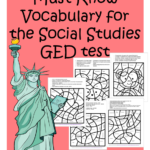
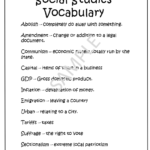
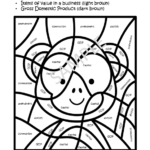
This resource has a set of 33 important GED Social Studies terms followed by 5 color-by-code worksheets. At the top of each of the coloring sheets is a definition followed by a color. Then, within the picture are terms. In order to know what to color each section, learners will have to know which word matches a definition.
This type of activity checks the boxes on several cognitive tasks.
- It appeals to visual learners.
- It reinforces each word EVERY time that word is colored.
- It utilizes whole brain learning.
- It uses microlearning, since students only have a few words per coloring page.
Activities like this also make it fun to learn as opposed to the drudgery of cramming. For a free, seasonal color by code using word parts, click the link below.
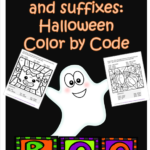
A second strategy is to teach affixes (roots, prefixes, and suffixes). The benefit of this technique is that learning these word parts is helpful for finding meanings to numerous words and on all four parts of the GED test.
Variety is important in this stage of vocabulary learning, so utilize as many fun techniques as possible. I have created several packets that do exactly this. Click the links below to get a better view:
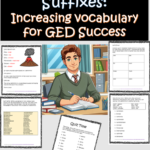
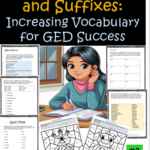
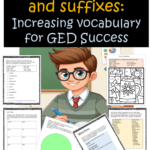
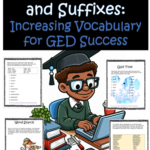
Each of the four packets above creatively have students practice word parts while also explaining how they would use their new skills to find the meaning of words. You may also buy these as a bundle:

In addition to the varying activities used in these packets, I like to have students practice vocabulary by playing memory games and Go Fish with them. My students love both of these, and these exercises add life to the class as students often get playfully competitive.
You can easily make these games on your own using flashcards and the following instructions.
Go Fish
- Only use one side of the cards.
- On the first half of the cards, write one affix per card.
- On the second set, put one definition on each card.
- Shuffle.
- Place students in small groups (3 to 5 players)
- Give each student 8 cards.
- Students will ask each other if they have matches for their cards (Using the rules for the standard Go Fish Game)
- For instance, if a students has “Geo” in their hand, they would ask someone in the group if they have the “earth” card in order to make a match.
- Whoever has the most matches at the end of the game wins.
Memory
- Only use one side of the cards.
- On the first half of the cards, write one affix per card.
- On the second set, put one definition on each card.
- Shuffle.
- Lay the cards face down in a grid pattern.
- Students take turns drawing two cards. In order to make a match, students need to pair up a word part with its definition.
- Whoever has the most matches at the end of the game wins.
If students are new to these root words, you will need to also make a list of words and definitions for their reference. If you would like sets that are already made, click on any of the links below:
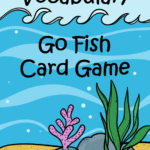
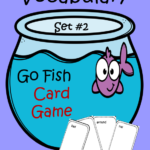
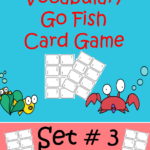
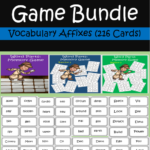
In conclusion, variety and repetition are crucial when learning vocabulary. Whether you make your own lessons or use the pre-made ones listed here, make sure to make your instruction fun and the lessons and vocabulary are sure to be memorable.

